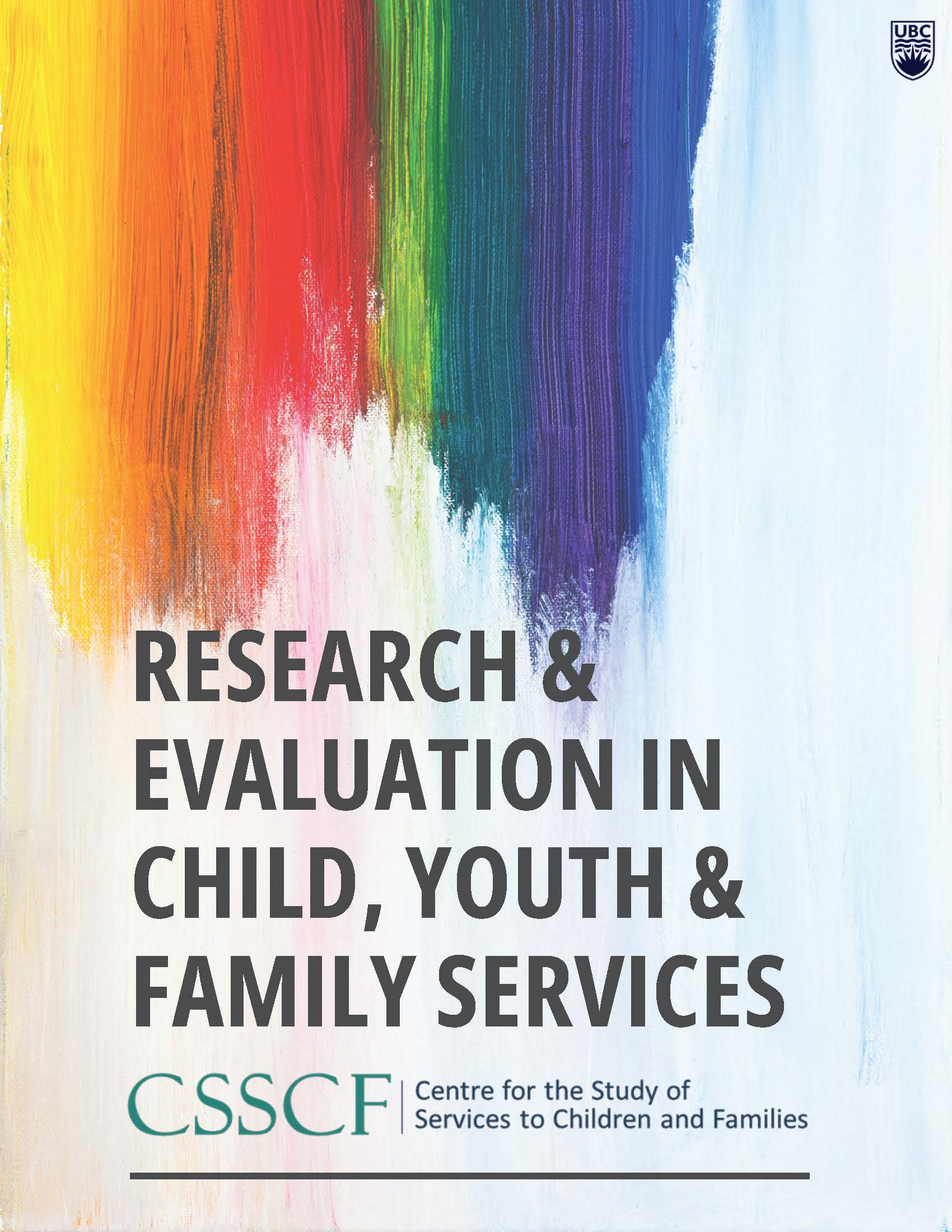Integrated Practice Program (IPP) Workers’ Opinions on Trauma Symptomology Tools
DOI:
https://doi.org/10.14288/recyfs.v1i1.197577Keywords:
Integrated Practice Program (IPP), Trauma Symptomology Tools, Standardized Measures, childhood trauma, Ministry of Children and Family Development (MCFD)Abstract
The Integrated Practice Program (IPP) is a Ministry of Children and Family Development initiative which targets intervention for the most traumatized children in care. Determined to improve children’s outcomes of permanency and reduce risk, this program was created using a trauma-informed model in an attempt to obtain better outcomes. The IPP has existed across British Columbia for approximately ten years, with it being piloted in Campbell River just over two years ago. To date, no data has been received in regard to the program’s efficacy and as a result it is difficult for IPP workers to know whether their efforts have had an effect.
Purpose
The purpose of this research study was to obtain data of the efficacy of the IPP program by finding a tool that could accurately measure pre and post trauma symptomology in the desired demographic. As such, researchers sought to obtain IPP workers’ opinions on trauma symptomology tools to determine if there was a preferred tool and what the perceived strengths and weaknesses of that tool were.
Method
Researchers used purposive sampling in order to gain feedback from IPP workers through a quantitative and qualitative questionnaire. This consisted of 19 questions which had workers within the IPP across British Columbia (n=10) rank tools using a Likert-scale which ranged from strongly oppose to strongly support to determine their views on specific qualities of each tool. This was complemented by qualitative question boxes which sought specific information regarding why tools were chosen and preferred, strengths and weaknesses as well as suggestions for other tools. The quantitative data was analysed using descriptive statistics and univariate analyses while the qualitative data was analysed using thematic analysis.
Findings
The preferred tool was CANS with 60% of participants rating it as their first choice. Worker feedback stated it included a child’s strengths, looked at multiple contexts and was thorough. The perceived limitations of this tool were that it needed to be completed too frequently. All participants viewed caregiver feedback as positive, with 80% stating it was very important and 20% stating it was somewhat important. Participants were more divided on the topic of self-reporting with 40% viewing it as very important, 40% viewing it as somewhat important, 10% being neutral on the topic and 10% viewing it as somewhat unimportant. All suggested tools located by the literature review proved to be an adequate option for use with the IPP based on the criteria provided by MCFD.
Recommendations
Researchers produced three recommendations based on this research study:
- For the IPP to ultimately choose an evidence-based tool with high internal and external validity that incorporates caregiver feedback, adequately measures child symptomology and accounts for worker time restrictions in terms of assessment and grading.
- For the IPP to standardize some components of the program and workers’ practice so results can be better generalizable.
- Research to continue to bridge the gap between academia and practice for collaborative research efforts to meet the needs of the identified population.
Downloads
Published
Issue
Section
License
Copyright (c) 2023 Research and Evaluation in Child, Youth and Family Services

This work is licensed under a Creative Commons Attribution-NonCommercial 4.0 International License.
This work is licensed under a Creative Commons Attribution-NonCommercial 4.0 Inrernational License. Copyright for articles published in this journal is retained by the authors, with first publication rights granted to the journal. By virtue of their appearance in this open access journal, articles are free to use, with propoer attribution, in edicational and other non-commercial settings.


